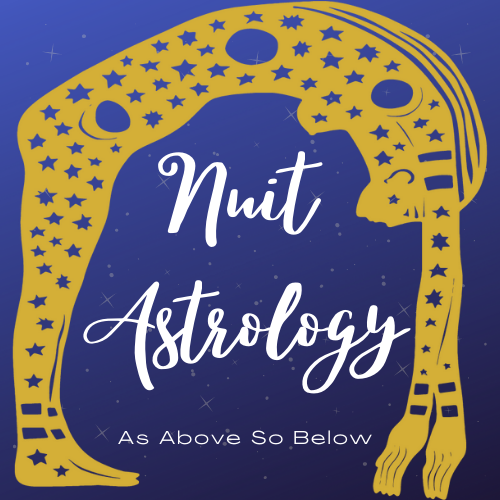Eclipsing
Eclipses are considered one of the more powerful astrological configurations and is one of the more obvious times that astronomy and astrology merge. But, what exactly is an eclipse?
Eclipses can occur only then the Sun, Moon and Earth line up perfectly, that is, when the line of intersection of the Earth's orbit plane and the Moon's points directly at the Sun. This is called the line of nodes. Movement of the line of nodes causes the eclipse seasons to vary from one year to the next.
A lunar eclipse is a Full Moon is when the Earth’s shadow is cast over the Moon. During this time the Sun’s light passing through the Earth illuminates the Moon giving it an orange tone as the Moon moved closer to the center of Earth’s shadow.
There are three types of lunar eclipses: total, partial and penumbral.
Total lunar eclipses when the Moon passes through Earth’s umbral shadow -giving it that red-orange tone. The red-orange glow is caused by the umbral shadow. This is the inner darkest part of the shadow. The reason it has that reddish color it’s because the Sun’s light is passing around the whole circumference of Earth.
Partial lunar eclipse is when the Moon passes through only a portion of the Earth’s shadow. Depending on how far in the Moon moves into the shadow, the Moon may or may not get the orange glow.
A penumbral lunar eclipse occurs when the Sun, Earth and the Moon are imperfectly aligned and the Earth blocks some of the Sun’s light from directly reaching the Moon’s surface.
Any Solar Eclipse is a New Moon. Solar eclipses, either total or partial, happen about twice every year. There are four types of solar eclipses: total, partial, annual and hybrid.
Total solar eclipses happen when the sun is completely blocked by the moon. Total solar eclipses are only visible from a specific part of the Earth. The moon is considerably smaller and this its shadow will only pass through a narrow path on Earth’s surface. Areas around that path will only see a partial solar eclipse.
Partial solar eclipses are when the Moon doesn’t completely cover the Sun. The Moon passes off-center and only a portion of the Sun is obscured.
An annular eclipse is when the Moon doesn’t cover the entirety of the Sun, even if the Moon’s completely centered in front of it. This happens because the Moon’s orbit is an ellipsis, and the Moon is closer to the Earth. During this kind of eclipse, the bright ring around the Moon is called the “ring of fire.”
A hybrid eclipse is a combination of a total and an annular eclipse; its starts as one type and transitions to another.
Ancient astrology considered them a negative time. Energy very amped and in play two weeks before and three days after.
Bigger picture – the Saros cycles.
What does Saros mean? Filters. The period of time, just under 19 years, -- 18 years, 11 days, 8 hours between successive lunar or solar eclipses occurring when the Sun, Earth, and Moon are in the same positions relative to one another.
Saros cycles are larger cosmic cycles, and it can be fascinating to look back 19 years and see the patterns.
Want to learn more?
NASA website:
https://science.nasa.gov/eclipses/future-eclipses/
The Astrology Podcast:
https://youtu.be/jpBazdo1D7E?si=X62o6o5tUSrJWlLX
